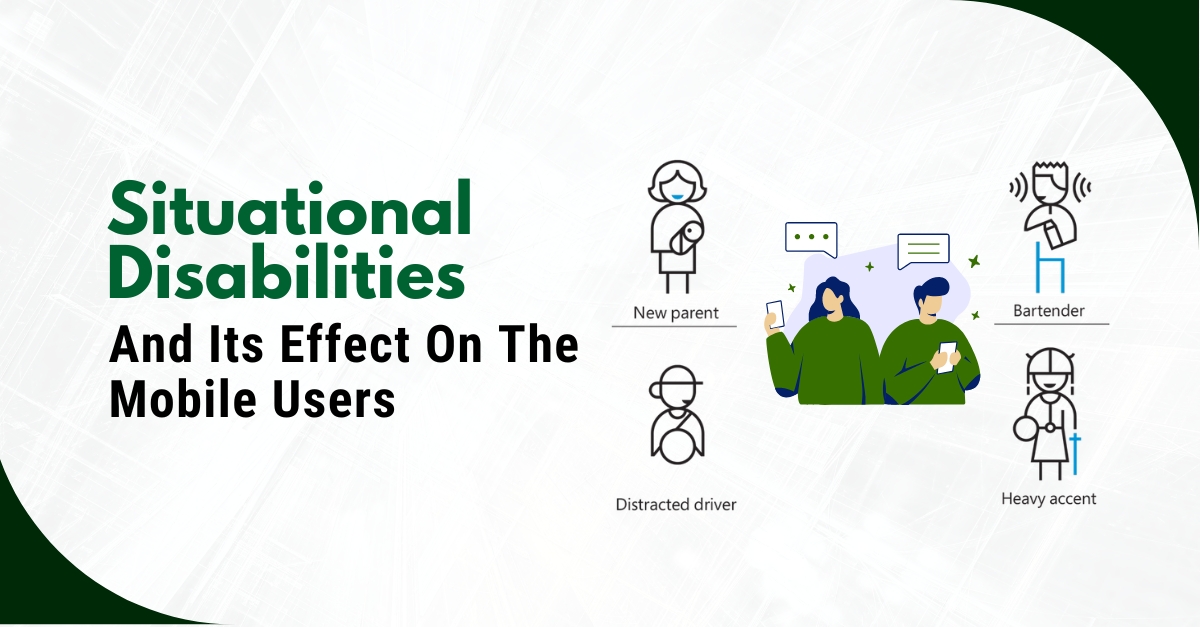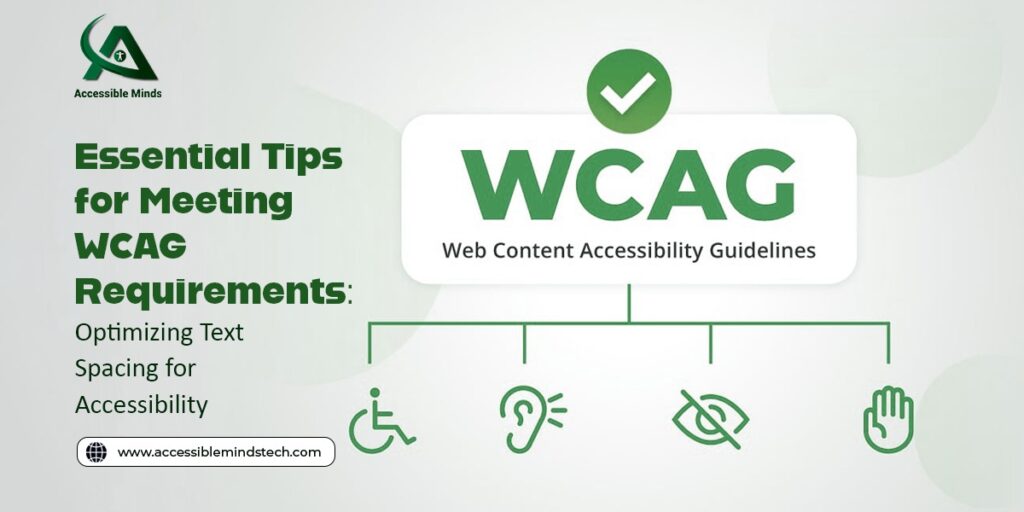Introduction
When it comes to accessibility, image descriptions are essential for ensuring that people with impaired vision or blindness have the same access to information as everyone else. Images are an essential component in telling the story on the web, in books, and in any material in general. However, how can we make images accessible? These terms are sometimes used interchangeably with image descriptions, alternate text, and alt text. It’s said that sight is where 80% of learning occurs, but what if you are visually impaired? It’s possible that individuals who are blind or visually challenged won’t be able to view the image or comprehend what it’s saying. From the standpoint of accessibility, this certainly presents a problem.
Understanding Image Descriptions
Image descriptions, also known as alt text (alternative text) or alt tags, are textual descriptions provided for images on websites and other digital platforms. These descriptions are intended to convey the content and context of an image to users who cannot perceive the visual information due to blindness, low vision, or other disabilities. Essentially, image descriptions act as a bridge that enables visually impaired individuals to comprehend the visual elements within a web page.
Importance of Image Descriptions
- Equal Access to Information: In an era where information is predominantly communicated through visuals, individuals with visual impairments deserve equal access to the same content. Image descriptions facilitate this by converting visual information into a format that can be understood through screen readers or other assistive technologies.
- Contextual Understanding: Images often contribute crucial context to the surrounding content. Without proper descriptions, users with visual impairments miss out on this context, leading to an incomplete understanding of the webpage’s message. Accurate image descriptions provide the necessary context for a seamless browsing experience.
- Enhanced User Experience: Web accessibility is not just about compliance with regulations; it’s about enhancing user experience for everyone. By providing detailed image descriptions, websites cater to a wider audience, including individuals with disabilities, thereby fostering a more inclusive online environment.
- SEO and Discoverability: Image descriptions are not only beneficial for users but also for search engine optimization (SEO). Well-crafted alt text can improve the search engine ranking of web pages. Therefore, implementing effective image descriptions is a win-win situation, benefiting both users and website owners.
Creating Effective Image Descriptions
Creating meaningful and effective image descriptions requires a thoughtful approach. Here are some guidelines to consider:
- Be Descriptive: Describe the content and purpose of the image concisely and accurately. Focus on conveying the essential information the image is intended to communicate.
- Keep It Succinct: While being descriptive, aim for conciseness. Screen reader users prefer succinct descriptions that quickly convey the image’s message without overwhelming them with unnecessary details.
- Avoid Repetition: If the image’s content is already described in the surrounding text, you can use a more concise alt text that highlights the image’s relevance to the content.
- Use Keywords: Incorporate relevant keywords that align with the overall content of the webpage. This not only aids users but also contributes to SEO efforts.
- Captions vs. Alt Text: While captions are essential for images with complex information, alt text should provide a clear description. Captions can supplement alt text, but they serve different purposes.
Implementing Image Descriptions
Most content management systems (CMS) and website-building platforms provide a straightforward way to add alt text to images. When adding images to your content, look for fields or options to include alt text, and take the time to craft accurate and meaningful descriptions for each image.
Conclusion
Image descriptions are not mere additions to content; they are pivotal in ensuring that everyone, regardless of their visual abilities, can fully engage with and understand the content presented on websites and digital platforms. By adopting image descriptions as an essential part of web accessibility, we contribute to a more inclusive online world where diversity is celebrated, and information is accessible to all. As content creators, developers, and users, let us collectively work toward a digital landscape that leaves no one behind.







